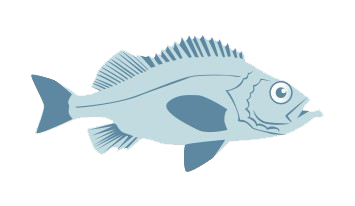Overview
Fishery Improvement Projects provide an opportunity to improve and document information and management of fisheries not yet eligible to receive sustainability certifications.
The Atlantic Groundfish Council (AGC) is an organization that represents the >100’ groundfish license holders in Atlantic Canada. The membership of AGC holds almost 80% of the quotas for each of the two management units. As the fishery recovers from historic lows, the importance of a sustainable economic development of this expanding resource has never been higher. This FIP is a forum to plan for any sustainability issues to be resolved prior to assessment against the performance indicators of the MSC assessment framework.
Fishery Improvement Projects provide an opportunity to improve and document information and management of fisheries not yet eligible to receive sustainability certifications.
The overall objective for this FIP is successful MSC certification of the fishery - individual FIP objectives were identified in April 2018, some have been completed, with the remainder expected to be achieved by December 2027:
-
Confirm on-going changes to stock status (on-going).
-
Develop stock projection capability for both species in both units, confirm stock rebuilding timeframes (completed).
-
Develop/ implement a formal harvest strategy for stocks and species (on-going).
-
Develop harvest control rules that are robust to main uncertainties (on-going).
-
Implement commercial sampling program to collect and identify species mix in catch (completed).
-
Update existing or select new assessment model which considers main uncertainties and is capable of evaluating harvest strategy and harvest control rule options (completed, to be revised).
-
Produce a fishery footprint relative to both sensitive and less sensitive benthic habitat (completed).
-
Develop an integrated fishery management plan (IFMP) for the Unit 1 and 2 redfish fisheries, addressing all elements for which PIs exist (to be completed).
-
Develop fishery-specific objectives and incorporate them into IFMP (on-going)
FIP at a Glance
| 7% | 29% | 64% |
This pie chart represents completed environmental actions. Non-completed environmental actions may contain completed sub-tasks that are not illustrated here. For more information on environmental action progress visit the Actions Progress tab.
- Complete
- Incomplete

